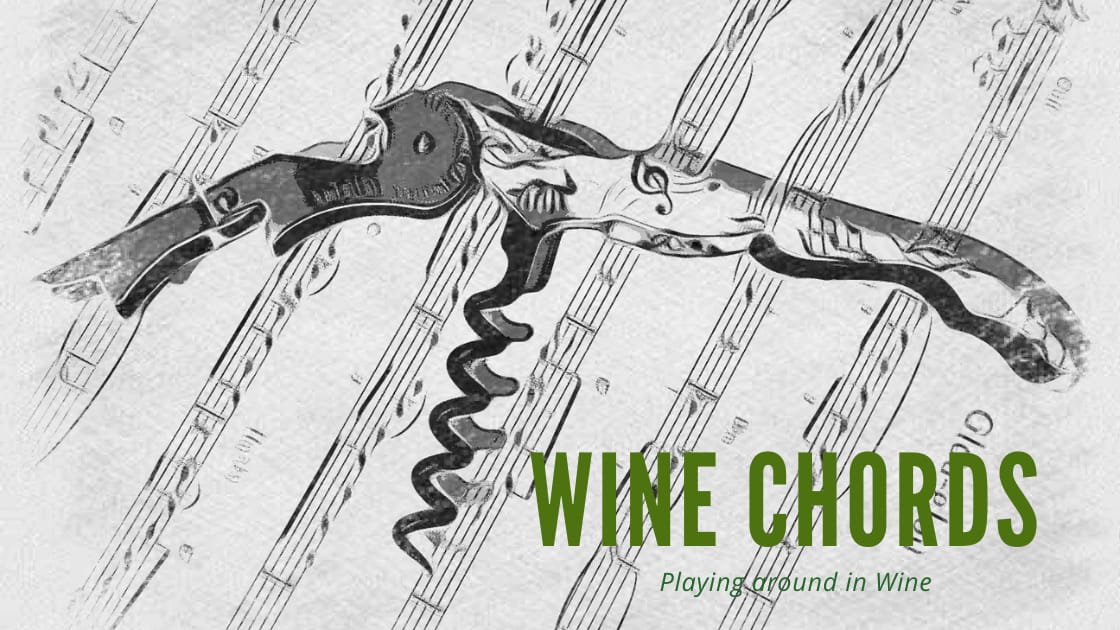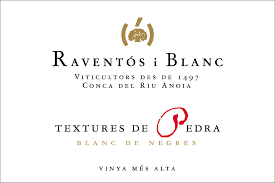It was some thirty years ago that I wandered through the legendary Chapelle vineyard in Hermitage. Little did I think at the time about the level of organic practice. Since then I have tasted an occasional wine, and to my taste many have been good, especially during the latest years.
And it was around ten years ago that the Frey family purchased the property, and Caroline Frey took over as the new oenologist. They started converting the estate vineyards to biodynamic principles.
This Côte du Rhône has its background from 40 years old vines of grenache 55%, syrah 35 and mourvèdre 10. The yields were low and it was finally raised in steel tanks.
Biographie 2015 (P. Jaboulet Aîné)
Dark purple red. Fruits from garden and woods (raspberry, black cherries, blackberry), and an amount of typical spices. Quite fresh with decent acidity.
Price: Low
Food: A variety of produce, from meats to tasty salads, hard cheeses…
Leave a Comment













